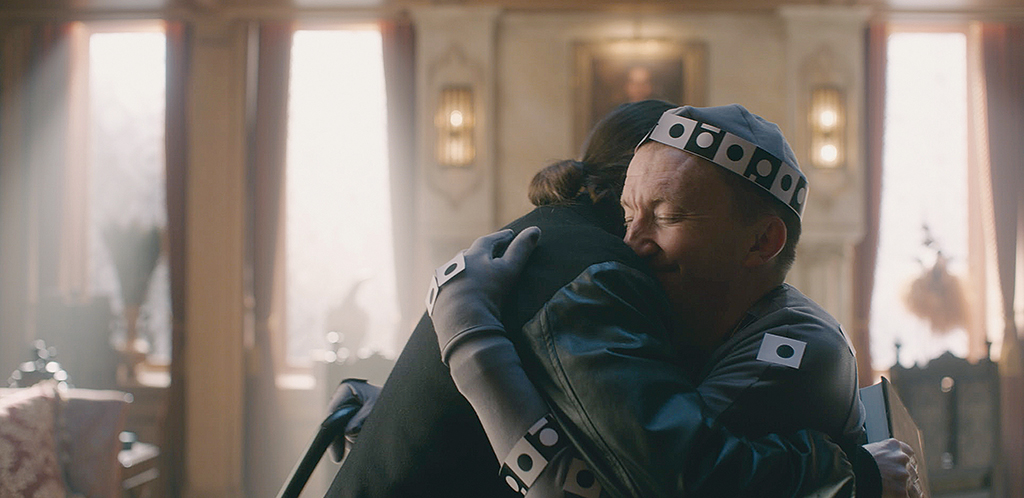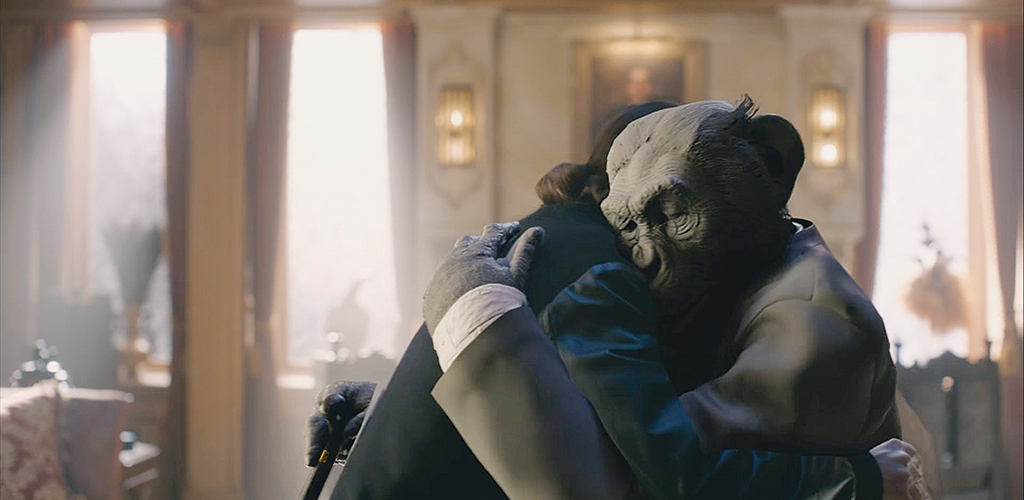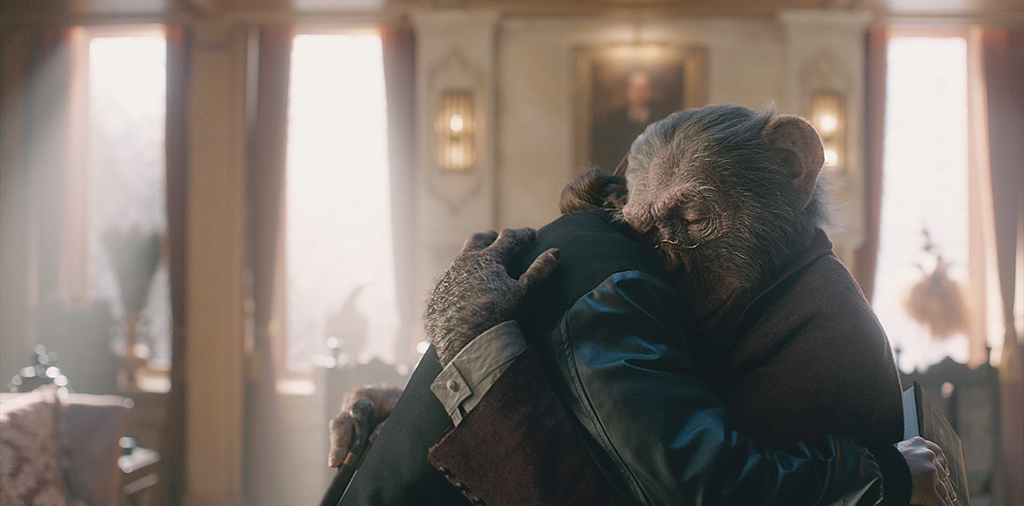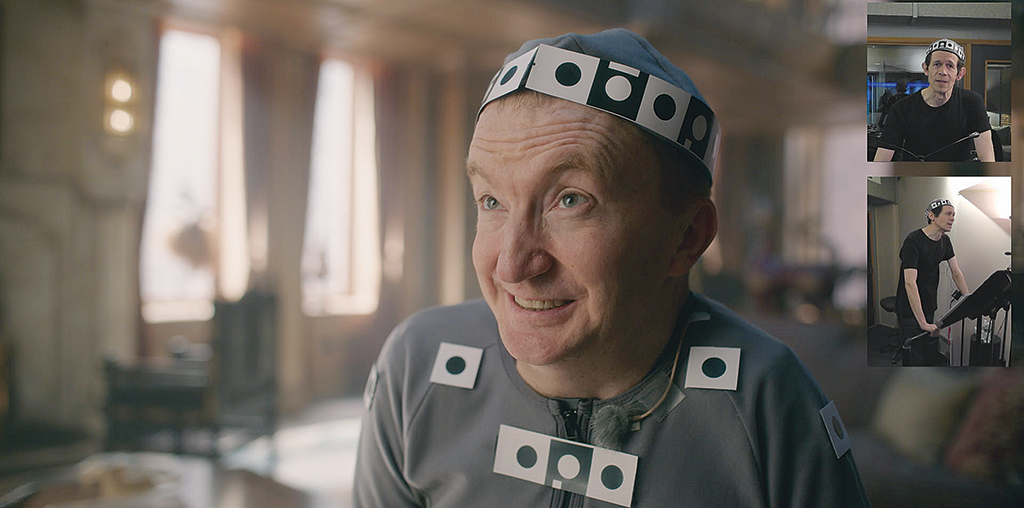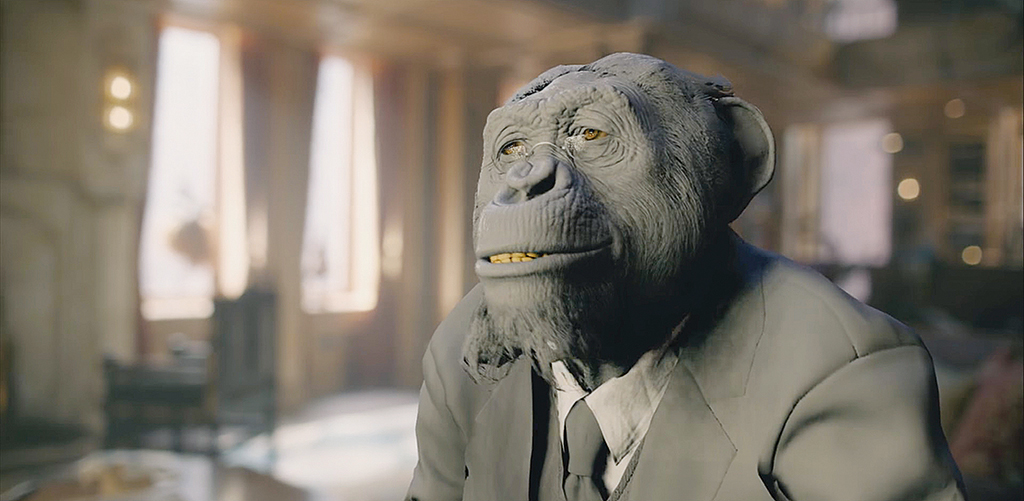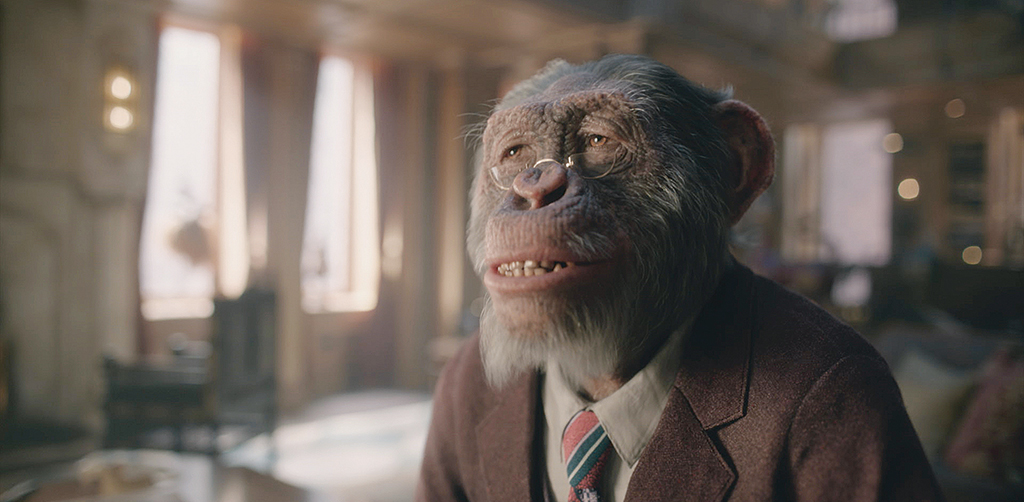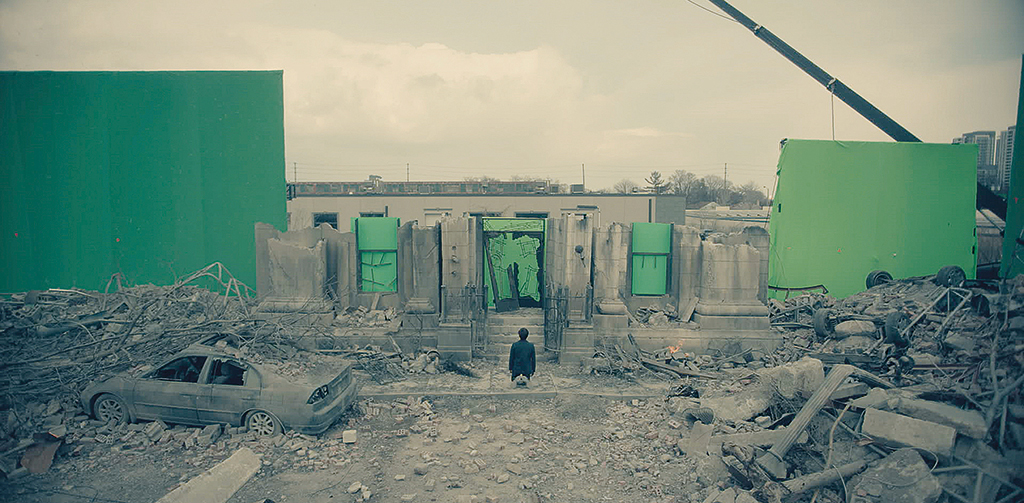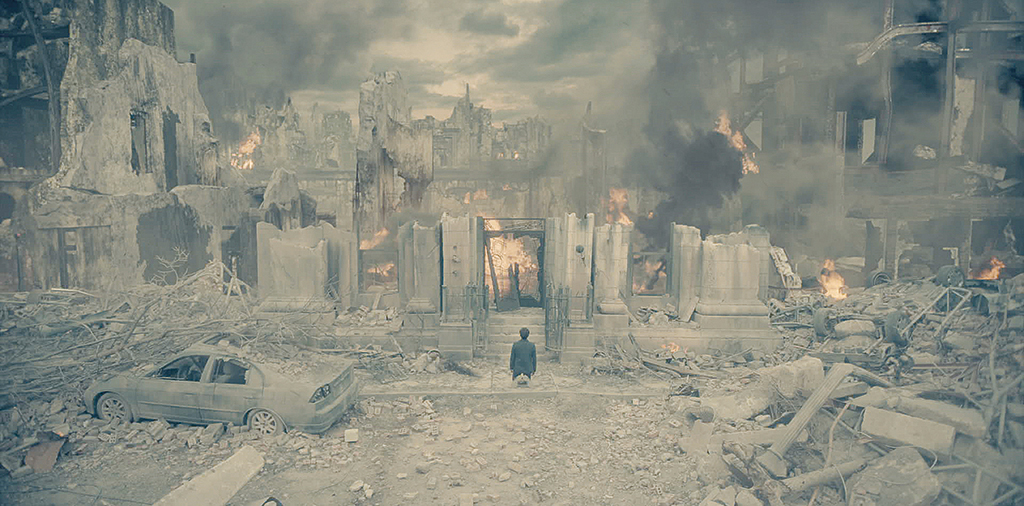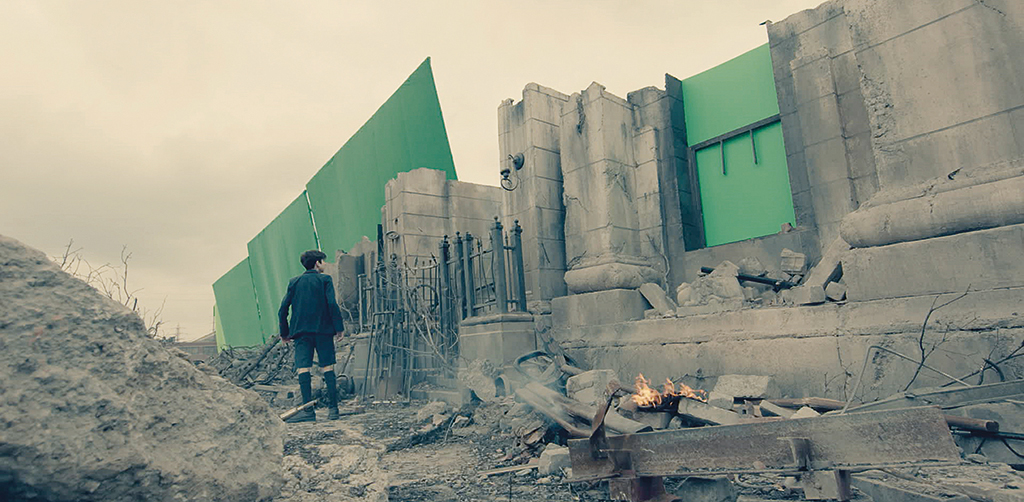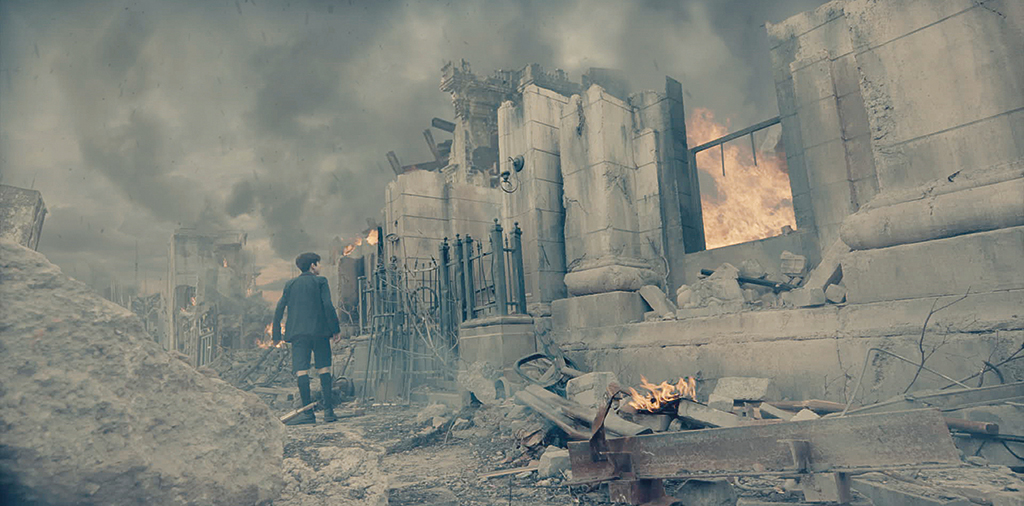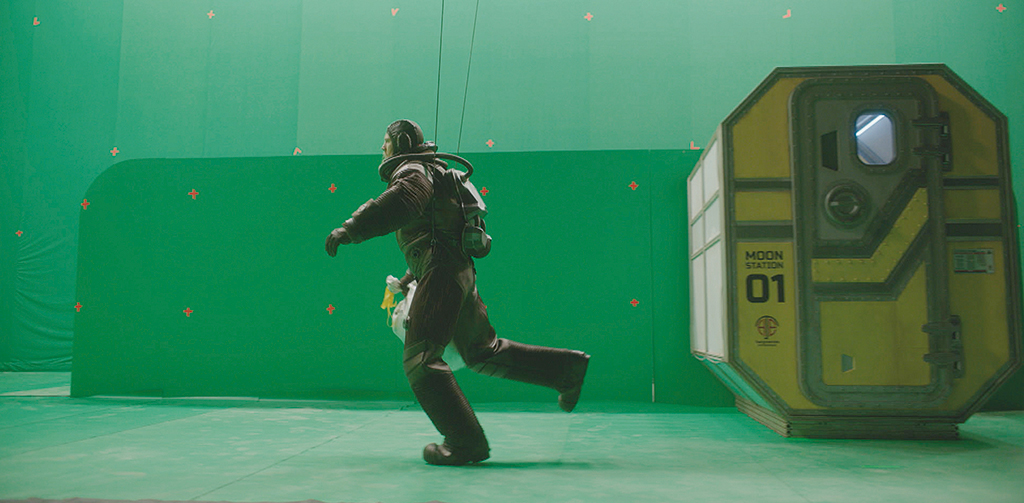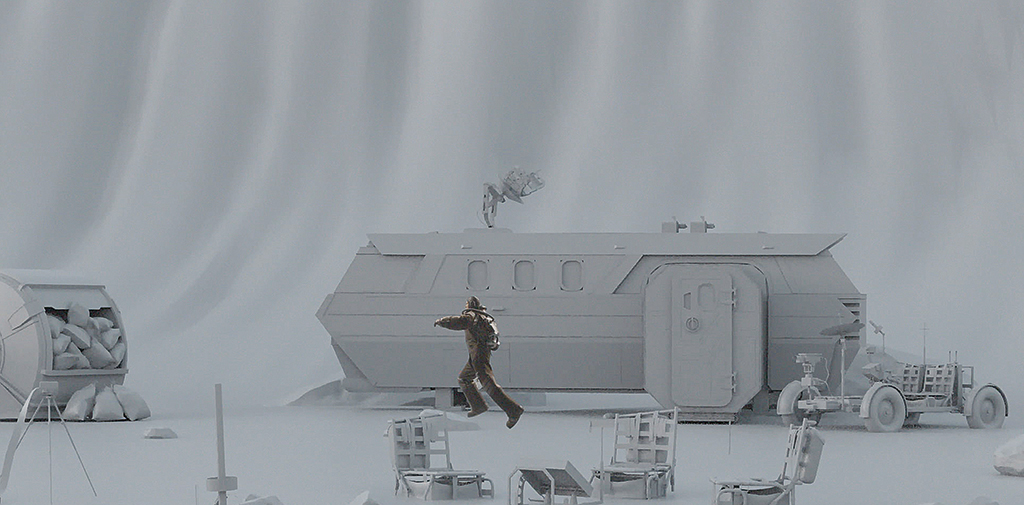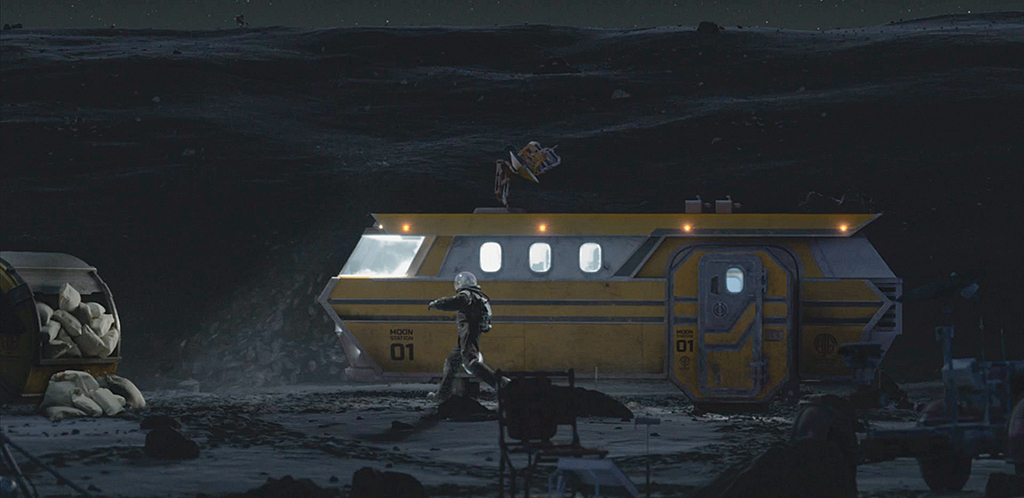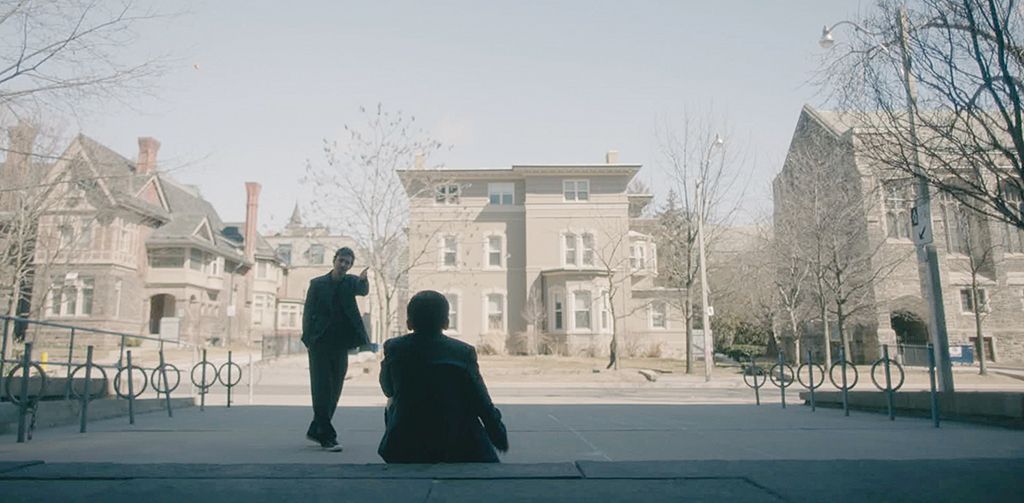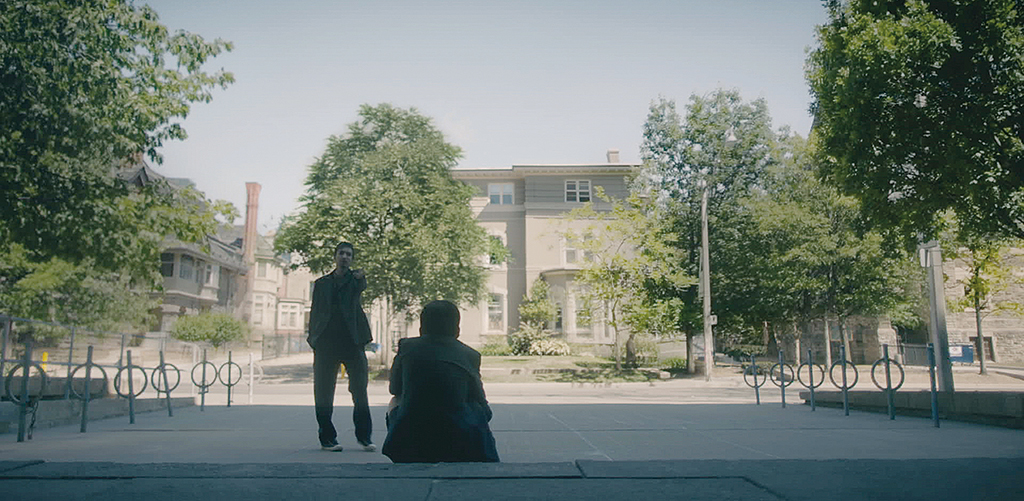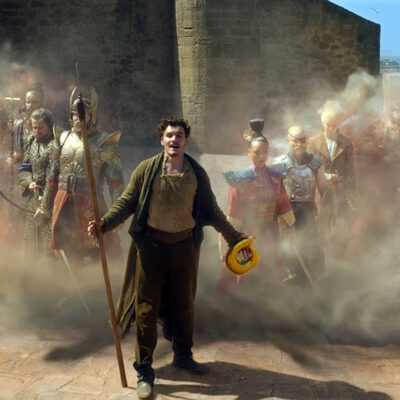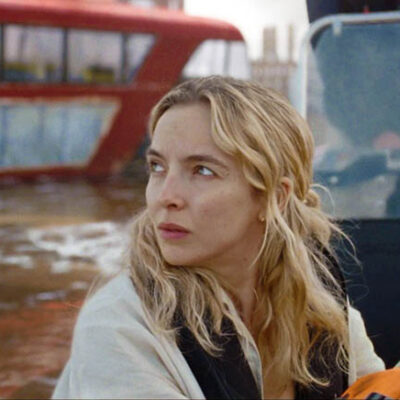THE PATH TO POGO
In the series, Pogo is an assistant to Sir Reginald Hargreeves (played by Colm Feore), a billionaire who has adopted the seven children into his ‘Umbrella Academy.’ To create an advanced chimpanzee, Burrell knew he and his team would need to craft a creature that could talk, wear a suit and interact in scenes with live-action actors. That initially led him to consider a ‘man-in-suit’ option for shooting scenes, perhaps to be augmented with a CG head replacement.
However, Burrell then consulted Joseph Conmy, Senior Vice President Visual Effects at 20th Century Fox, about his work with Weta Digital on the Planet of the Apes films, where Weta had very successfully realized the primates entirely in CG. It was a daunting task for such a crucial character to be created on what are usually shorter schedules for TV, but Burrell pushed the production on going fully digital with Pogo.
“Netflix liked the idea of pushing the envelope on doing an all-CG character for television, especially for a show like this where it had to be very subtle and very supporting as a character. He wasn’t a dragon, flying around shooting fire. He had to simply be in the room and have conversations. It was a few months of terror, but once we saw the first test from Weta Digital, I think everybody calmed down.”
On set, actor Ken Hall stood in for Pogo wearing a gray tracking marker suit. Two 4K cameras off to the side of the main Alexa 65 camera acted as witness-cams to provide environment and body reference for Weta Digital. “Then we would pull Ken out and do clean plates, and then I would do HDRI capture with a gray ball,” says Burrell. “We also had a really great stand-in Pogo head with hair punched and painted so the director of photography could light it specifically for the shots.”
The voice of Pogo was provided by Adam Godley, who was also filmed performing the lines so that his expressions and emotions could be inputted into the CG character. Weta Digital keyframed the final animation, but also used its own motion-capture stage to re-create Pogo’s actions based on the performances of Hall and Godley.
Pogo unfortunately meets an untimely end at the hands of Vanya (Ellen Page). Weta Digital had a significant hand in how the death scene occurred. “We were able to send the production some previs that we had done showing how Pogo gets picked up and thrown against these antlers,” says White. “We also did some tests at Weta where we took some fabric from different shirts and practical blood and showed how the blood would come out and how it would form. We even had some antlers that were from another show that we pushed through.”
For Pogo’s suit itself, Weta Digital relied on a physically-based cloth model. This model replicated the technique of spinning and weaving to make textiles the same way they are made in the real world. “It’s a new technique developed where we could go down to the individual thread, but it didn’t have to be hand modeled,” notes White. “You could give it different fabric and weave models and it does all the correct lighting, but it does it procedurally within the system itself.


